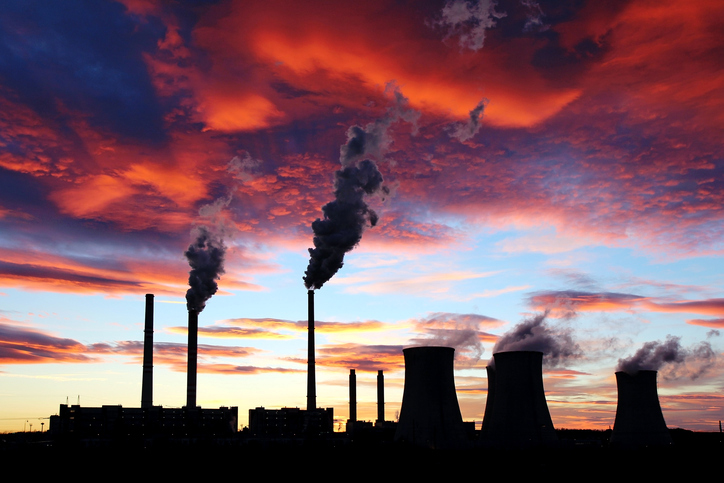 A research strategy for ocean carbon dioxide removal and sequestration
A research strategy for ocean carbon dioxide removal and sequestration
This summer, you may find yourself on the shore’s edge admiring the vastness and beauty of the ocean. There’s a lot going on in there! According to The National Academies of Sciences, Engineering, and Medicine, the ocean covers about 70% of the Earth’s surface and buffers a large fraction of anthropogenic CO2 emissions—removing roughly 55% of emitted CO2 naturally. BUT, it may be possible to enhance both the uptake and longer-term sequestration potential of these processes. The National Academies of Sciences, Engineering, and Medicine is looking to do just that and are currently soliciting nominations for individuals to serve on the Committee on A Research Strategy for Ocean Carbon Dioxide Removal and Sequestration. (more…)



 A team of researchers from the University of Toronto is looking to give wasted materials new value by developing a new catalyst that could help recycle carbon dioxide into plastic.
A team of researchers from the University of Toronto is looking to give wasted materials new value by developing a new catalyst that could help recycle carbon dioxide into plastic. Scientists have found a way to make their asphalt-based sorbents better at capturing carbon dioxide from gas wells: Adding water.
Scientists have found a way to make their asphalt-based sorbents better at capturing carbon dioxide from gas wells: Adding water. Researchers from Lappeenranta University of Technology (LUT) and VTT Technical Research Centre of Finland have successfully created food out of electricity and carbon dioxide, which they hope could one day be used to help solve world hunger.
Researchers from Lappeenranta University of Technology (LUT) and VTT Technical Research Centre of Finland have successfully created food out of electricity and carbon dioxide, which they hope could one day be used to help solve world hunger. The global development of industry, technology, and the transportation sector has resulted in massive consumption of fossil fuels. As these fuels are burned, emissions are released—namely carbon dioxide. According to the U.S. Environmental Protection Agency, combustion of petroleum-based products resulted in
The global development of industry, technology, and the transportation sector has resulted in massive consumption of fossil fuels. As these fuels are burned, emissions are released—namely carbon dioxide. According to the U.S. Environmental Protection Agency, combustion of petroleum-based products resulted in  A team of researchers from Texas A&M University is looking to take the negative impact of excessive levels of carbon dioxide in the atmosphere and turn it into a positive with renewable hydrocarbon fuels.
A team of researchers from Texas A&M University is looking to take the negative impact of excessive levels of carbon dioxide in the atmosphere and turn it into a positive with renewable hydrocarbon fuels.